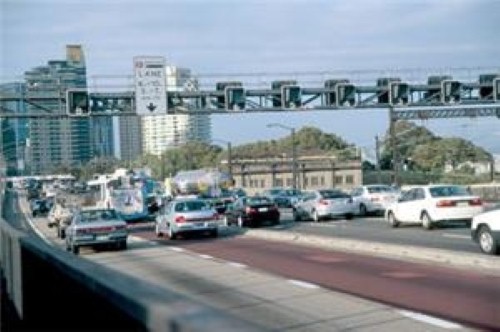A car crash from April 29, 2012, on the Bronx River Parkway, which caused the deaths of seven people, has led to charges being filed against the city and state of New York, according to a press release by the law firm of Gair, Gair, Conason, Steigman, Mackauf, Bloom & Rubinowitz..
The report states that the accident happened when an SUV struck the center median, sailed across three lanes of traffic and struck the curb on the other side of the roadway, which then launched the car over the edge of the bridge where it fell 59 feet to the ground.
An investigation by the law firm found that similar accidents have happened before on the Bronx River Parkway. The firm's research found that in the 1990s, an engineering business discovered that "for over 15 years, that the geometry of the roadway was unsafe and in violation of numerous safety standards."
Included in those violations were narrow lane width, lack of shoulders and an 18-inch-high curb, which has the effect of launching vehicles over the edge, rather than containing them to the roadway.
Similarly, a follow-up investigation after the Fukushima Nuclear Power Plant disaster in Japan, from last year, found that the accident was preventable, according to Reuters.
"Across the board, the Commission found ignorance and arrogance unforgivable for anyone or any organisation that deals with nuclear power," said the investigative panel in a report. "We found a disregard for global trends and a disregard for public safety."
Overall, the board cited numerous opportunities to prevent disaster and take proper safety precautions, such as not preparing for a tsunami even though Japan is one of the most earthquake-prone countries.
Businesses and organizations – such as cities or towns – would greatly benefit from ensuring that up-to-date business continuity plans are in place or that a proper continuity of operations plan has been created. No matter the size of the company, it is always better to be over prepared than try and recover from a bad situation later.

